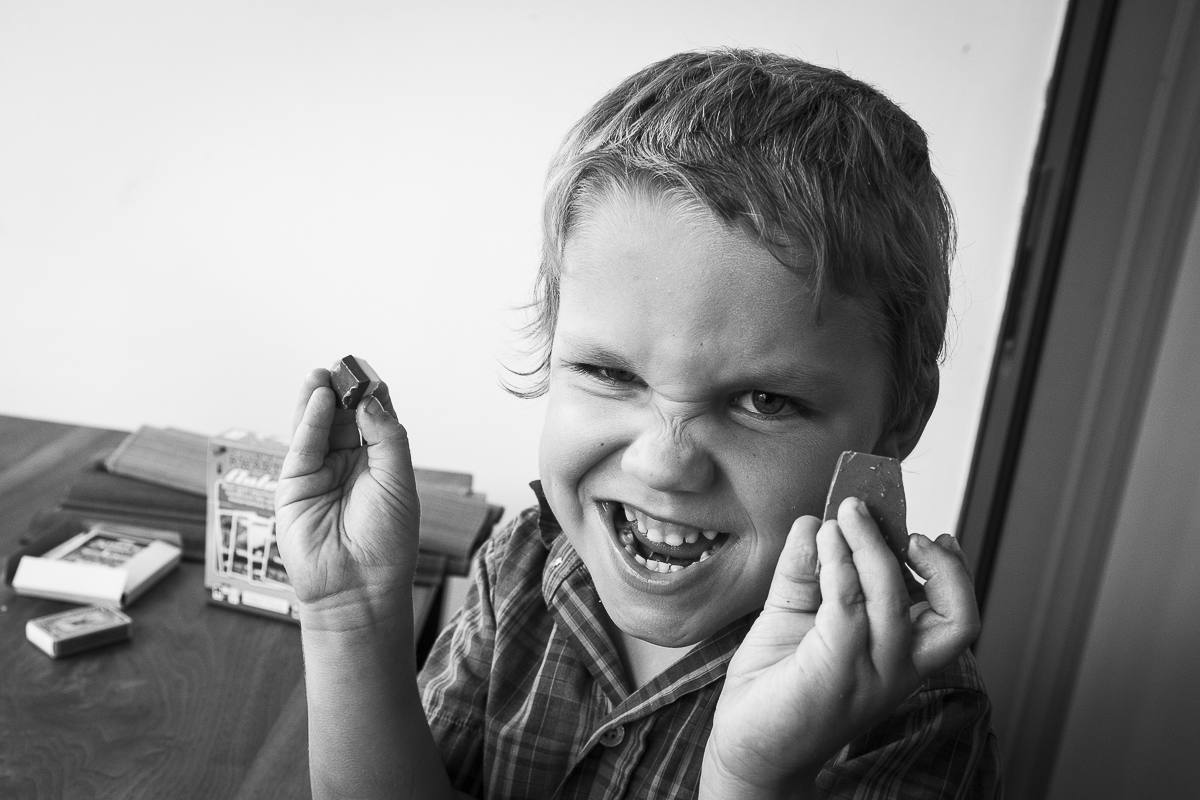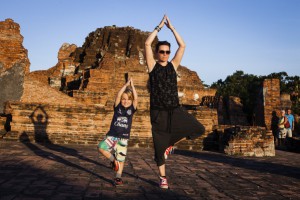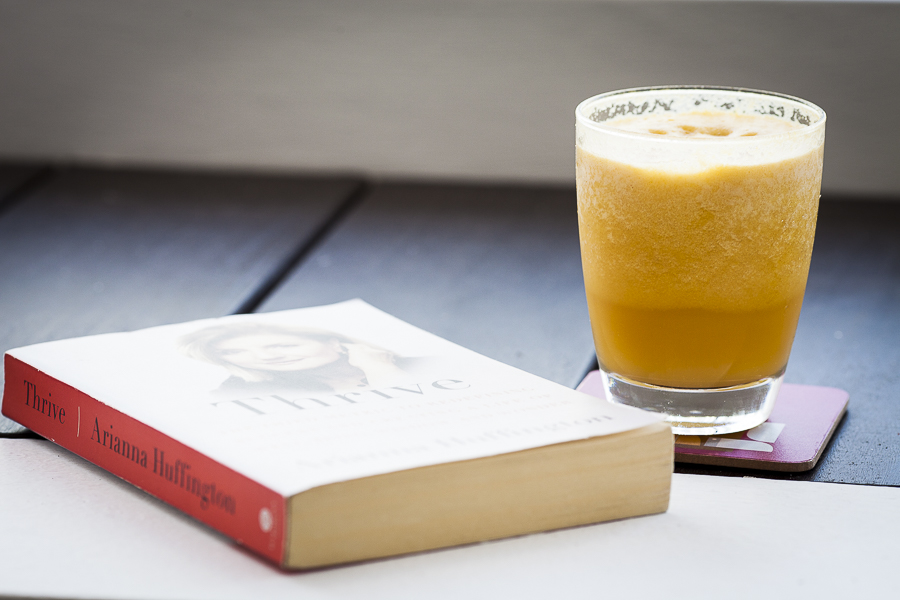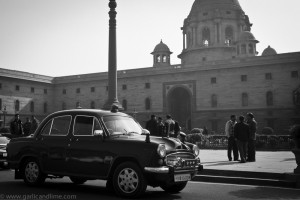Jamie Oliver has been trying for some time to bring it to our collective attention that we are not prioritizing the health of our children through the food choices that we make – both at home, and in school dinners. With rising obesity and diabetes figures amoungst children globally (you can include China and India, along with Western countries) it is hard to argue with him.
Starting a Food Revolution
Yesterday I sat down and watched every episode of his Food Revolution series. In it he tried to replicate what he had achieved in the UK with school dinners in the US. In the first series he worked with a school in a relatively small town to change what they cooked and what the children were served. He met huge resistance but was ultimately able to change what they were serving and see the results. But the community struggled with how he did it and the criticism that they received during the process.
When he tried to do it a second time in Los Angeles, the LA school board did not want to receive the criticism and negative publicity that came with it, and effectively shut the program down. For the whole series he tries to get permission to get access to a school and its cafeteria, but meets legal resistance after political resistance. Through the whole series he never really gets started on what he went there to do and it is no wonder that no third series appears to have been made. He mentions in the show that no other school district had given him permission either. To his credit he did not give up, but took a different (online) approach.
Eating more fruit and vegetables or knowing what they are?
But it really got me thinking. With Garlic and Lime we want to inspire people to eat more fruit and vegetables, to eat naturally. We choose to live Gluten and Dairy Free as well, but that isn’t at the core. The core is to eat natural, whole foods. To skip the processed food aisles at the supermarket, and focus on the natural goodness of foods you make yourself.
Through the Food Revolution program you saw how far away this is for some people. How basic nutritional understanding of whether this is a tomato or a potato was simply not there with some of the teenage children. Some of the students he spoke to didn’t know that butter comes from a cow, rather than corn. As he rightly points out, this isn’t the fault of the kids, this is the fault of the parents and educators. On Garlic and Lime we give a glossary of some of the more exotic ingredients we use, but to think that for some people that all of the ingredients we use are exotic breaks my heart.
You also saw how far away considering the health impact of the ingredients in food was from so called “health professionals” and “food industry experts”. There were so many good reasons why the ingredients list had to sound like a high school science project. So many good reasons why cooking with natural ingredients “was not economically viable”. But at what cost? The health of a generation? Early death from obesity and diabetes?
Can we do anything?
I have been puzzling on this question all night. All I know is that I can effect change in my own home. I can explain to my son that fruit and vegetables are good for you, and why he should (and is) eating them. I can consciously choose to involve him in food selection, preparation, and cooking. I can consciously choose to talk to him about recycling, food waste and pollution.
So this morning we had a conversation about the contents of the goodie bag he got from the birthday party of one of his school friends yesterday. It was full of junk food, and included some “noodle snacks” which Liam was convinced must be the best of them health wise because it didn’t seem to include sugar. But its second ingredients was “processed palm oil” and it listed 4 different E numbers (flavours and preservatives). We explained to him why it was terrible for him, and threw it in the bin in front of him, to no resistance. It is a start I guess.
Beyond that, what can each of us do? Your ideas and thoughts are welcome.
You might also like:











